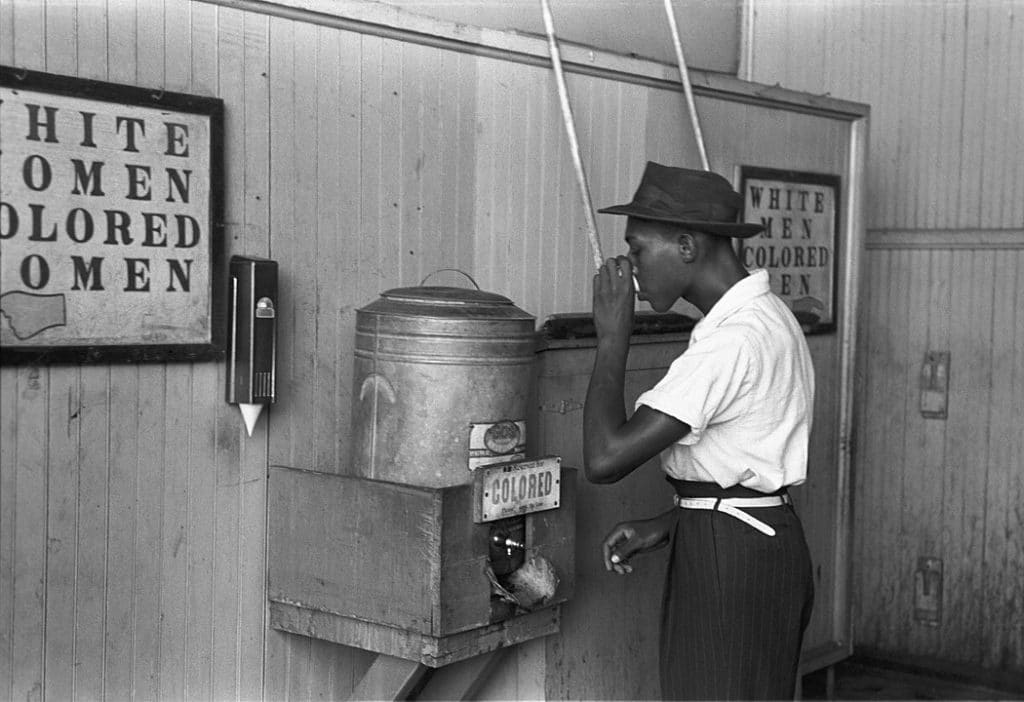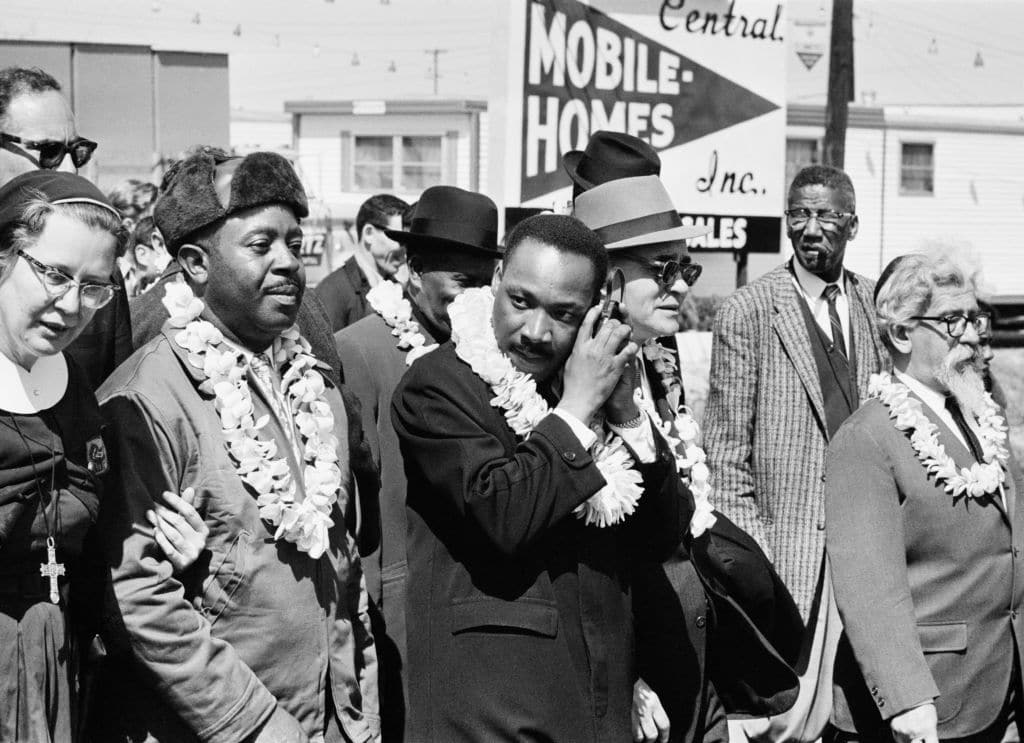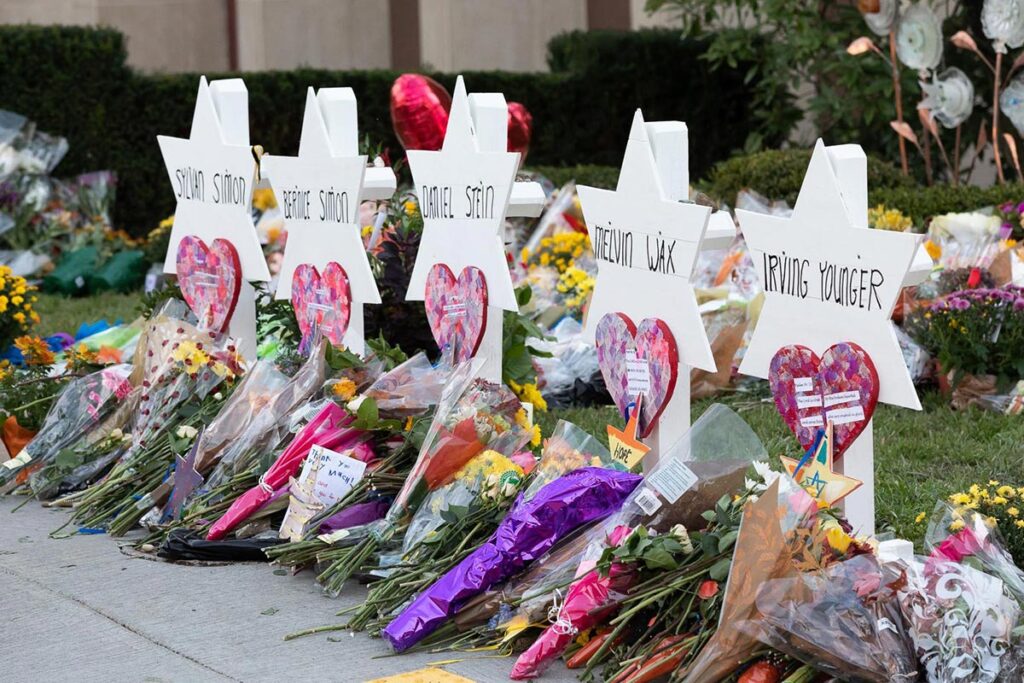From India and Morocco to Brazil and the Philippines, Jewish communities exist all around the world.
Although Jews aren’t exclusively white, Ashkenazi Jews hail from Eastern and Central Europe and many appear white.
A whopping 95% of American Jews are Ashkenazi and identify as white. But let’s take a step back — what does it even mean to be white?
Race isn’t just about skin color, it’s a social construct. People invented it to promote a particular worldview, one where whiteness is the default and everyone else is the other.
It’s hard to trace exactly when the concept of whiteness began. As historian Nell Irvin Painter said, “white identity didn’t just spring to life, full-blown and unchanging.”
Historians trace its origins to the 17th century when Europeans started spreading their ideals across the world through imperialism and colonization.
When these European colonialists encountered people with darker skin, they decided to put them in some kind of hierarchy and implemented racial categories.
These categories weren’t just ways to place people in neat little boxes; they were a justification for the enslavement and exploitation of indigenous peoples around the world.
Whiteness is a messy term whose definition changes from place to place. Different groups of rulers have adjusted the rules of whiteness according to what serves them best.
In America, it was the “one-drop” rule — if anyone had any African ancestors, even one drop of African blood, they weren’t considered to be white.

In Nazi Germany, it was the designation of “honorary Aryan” Hitler gave to the Japanese and Chinese to certify them as part of the white Aryan race.
White during the British rule of India versus the American South during Jim Crow versus Germany during the Third Reich were all defined differently.
But what did they all have in common? The ruling group was called white, and anyone else was (by accident of birth) less than.
And when it came to Jews? Considering the long history of persecution Jews faced — from the Crusades to the Inquisition, to the Holocaust, and on and on — it’s pretty clear European society considered Jews to be categorically separate and inferior.
And if whiteness was historically linked to being Christian and having its origins in Europe, well then, Jews were definitely not white.
So when did Western society start referring to Jews as white? And when did many white-presenting Jews begin seeing themselves as white?
In America, as early as the 1790s, Jews were included in the legal definition of “free white persons,” eligible to become citizens. While the law might have recognized white-presenting Jews as white, the majority white public did not.
By the late 1800s, Sephardic Jews had already been living in America for more than a century, along with a small number of African American Jews who didn’t have the benefit of racial ambiguity.
But now there were thousands of Jewish immigrants streaming in from Eastern Europe. And they were different from the majority of white American society — they spoke their own language, ate different food, wore different clothes, and celebrated different holidays.
While immigrants may have founded America, it was only certain kinds of immigrants that were welcomed — namely, white-presenting, Anglo-Saxon, Christian immigrants — not Ashkenazi Jewish immigrants.
“Swarthy Jew” became a common slur. Employers shut their doors to Jews — so much so that requests flooded city courts to change Jewish-sounding last names.
The famous anti-slum crusader Jacob Riis considered Jews to be one of the most disparaged ethnic groups, stating, “their unmistakable physiognomy betray the race at every step.”

Post-World War I, antisemitism only got worse. Unease among the European majority rose. Communism was rising in the Soviet Union and much of Europe was dealing with economic instability.
Many felt that their society had been infiltrated by foreigners, especially groups like Jews who simply didn’t blend into the dominant culture.
So where did Jews fit into America’s racial hierarchy?
On one hand, Jews were beginning to rise socially as they became educated and their economic status improved. Many Jews had started assimilating, taking off their religious garments, or working on the Sabbath to get jobs that would’ve been barred to them otherwise.
Yet Jews still lived separately and differently from the mainstream white population. Jews weren’t white, and yet, they weren’t not white either. And that presented a problem for white Anglo-Saxons trying to reorder their social world.
This so-called “Jewish problem,” combined with the Great Depression, fed harsh antisemitic rhetoric.
Weekly radio show host Charles Coughlin attracted the attention of tens of millions of Americans with his Jew-hating rants. Even the most liberal elites of Anglo-Saxon society placed the blame for antisemitism on Jews for not assimilating.
As a result, many white-presenting Jews tried even harder to prove their belonging in white society by asserting their relative whiteness in comparison to Black Americans. For example, some Jewish social clubs started performing in blackface to try and fit in with other white groups.
By the 1930s, many Jews were still clawing to gain acceptance into American society. Certain neighborhoods and clubs still barred Jews. Many Ivy League schools instituted anti-Jewish quotas to prevent Jews from endangering the schools’ statuses as “white men’s colleges.”
Most Jews still wouldn’t have defined themselves as white — after all, most of society still wasn’t accepting Jews as white. Being that Jews were restricted from full participation in white society, Jews were often only able to purchase homes and open stores in non-white neighborhoods.
For many Black Americans, this meant that Ashkenazi Jews were the most proximate non-Black ethnic group. This certainly allowed for positive relationships to develop.

Unfortunately, this proximity also manifested in ethnic tensions and exploitation of Black people. White Americans may not have seen Jews as equals, yet Black Americans viewed white-presenting Jews as part of the harmful white power structure.
After World War II, things began to change. Having served in the American armed forces, many Jews were eligible to take full advantage of GI Bill benefits that Black veterans were denied.
White-presenting Jews slowly rose out of the “non-white, non-American” work and began moving to white-collar jobs as managers and professionals. With more assimilation and a rise in economic status came more acceptance.
It wasn’t until very recently that the average American would consider a white-presenting Jew to be white, or that such a Jew would consider themselves white.
Even today, many white-presenting Jews feel unsettled with being categorized as white. After all, the history of whiteness is inextricably connected to the history of the persecution and oppression of minorities — including Jews.
Mass shooters in Norway, New Zealand and the U.S., as well as the January 6th insurrection in DC, have all invoked whiteness and the maintaining of white power as motives for their actions.
The Tree of Life shooter in Pittsburgh justified his actions by referencing the Jewish people’s non-whiteness. And the Charlottesville white supremacists not only viewed Jews as non-white but also as destroying “white culture.”

While history has often thrust Jews into the position of victim and outsider, in the space of only two generations, many Jews have assimilated into and risen in American society. These two realities bring up quite a bit of tension for people trying to fit Jews into a simple category.
Are Jews part of the establishment that oppresses people of color, or part of the victims of the establishment? Should Jews be considered a racial minority or should Jews be considered part of the problem? And can the complex intersection of history and identity be boiled down to two clear sides?
Labeling all Jews as white completely erases the experiences and identities of Jews of Color.
Painting Jews as part of the establishment of oppressors also ignores the real and frightening antisemitism that still endangers Jews today.
Recent FBI data revealed that, per capita, Jews are the top target for hate crimes in the United States. The rising violent attacks against Orthodox Jews in New York sadly support this statistic.
Sure, a kippa can be taken off, while skin cannot, but to suggest that Jews aren’t truly victims because they can just shed their religious and ethnic markers is a form of victim-blaming.
Implying that Jews can remove their Jewishness also dismisses the history of Jews being persecuted as a race in places like Nazi Germany, where it was nearly impossible to “pass” as part of the Aryan mainstream.
To this day, many white supremacists look for physical markers associated with Ashkenazi Jews, like dark curly hair or aquiline noses, to racially identify Jewish Americans.
Labels can be helpful. They can give people a community, a way to categorize themselves, and a context to help them understand their experiences. They can also serve as a mirror, for people to see their own faults and privileges and honestly work to change.
But we also have to know the limits of labels. Race is complicated. Jewish identity is complicated. And neither can be boiled down to a simple label. It’s not “black” or “white.”
